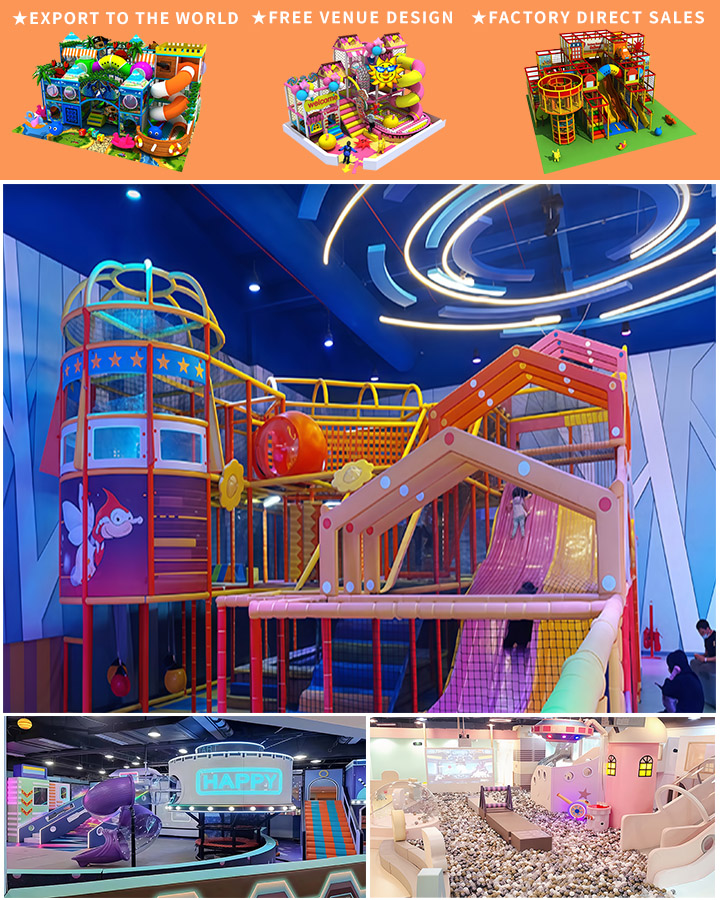In recent years, the landscape of commercial amusement parks has significantly evolved, particularly with the integration of indoor soft play and playground equipment. This transformation is a response to changing consumer preferences and the need for family-oriented entertainment options that are both engaging and safe. Central to this trend is the fusion of jungle gyms, soft play areas, and other forms of indoor playground equipment designed specifically for kids.
The Appeal of Indoor Jungle Gyms and Soft Play Areas
Jungle gyms have long been a staple in outdoor play, but their adaptation into the indoor environment brings a new dimension to children’s playtime. These structures, often made of soft, padded materials, provide a safe space where kids can climb, crawl, and explore, all under the supervision of attentive adults. Soft play areas complement this by offering cushioned flooring and interactive installations that allow for imaginative and physical play without the risk of injury.
The appeal of these indoor setups is multifaceted. Firstly, they offer year-round enjoyment, unaffected by weather conditions. Unlike traditional outdoor playgrounds, which may be closed during rain or snow, indoor jungle gyms and soft play areas remain available, ensuring continuous fun for children and convenience for parents. Secondly, these environments are meticulously designed with safety in mind, featuring rounded edges, soft surfaces, and non-toxic materials. Lastly, the controlled setting of an indoor amusement park allows for better hygiene practices, crucial in today’s health-conscious world.

Enhancing the Kids’ Play Experience
The incorporation of indoor playground equipment goes beyond just providing a place for children to expend energy. It also enhances their developmental journey through various forms of sensory and motor skill engagement. Structures like climbing walls, tunnels, and balance beams not only promote physical fitness but also improve coordination, strength, and problem-solving abilities. Additionally, the social interaction encouraged in these settings helps develop essential social skills such as sharing, cooperation, and communication.
For younger children, soft play areas are especially beneficial. These zones often include bright colors, textured surfaces, and interactive elements that stimulate sensory development. Soft play mats, ball pits, and foam blocks encourage tactile exploration and creative play, which are vital for cognitive growth.
Economic Implications for Amusement Parks
From an economic standpoint, the introduction of indoor playground equipment presents a lucrative opportunity for commercial amusement parks. By diversifying their offerings, parks can attract a broader demographic, including families with young children and even toddler groups. Indoor play areas can serve as key attractions within a larger facility, driving foot traffic and increasing overall visitation.
Moreover, the initial investment in high-quality, durable equipment can yield significant returns over time, as these installations require minimal maintenance and have a long lifespan. The operational costs are relatively low since the need for constant supervision is less than for more complex rides or attractions.
Conclusion
As commercial amusement parks continue to innovate and expand their repertoire of attractions, the inclusion of indoor jungle gyms and soft play areas stands out as a progressive step in catering to the needs of modern families. These spaces not only provide endless hours of safe, enriching play but also contribute to the parks’ economic success. Moving forward, the evolution of indoor playground equipment will likely see even more creative and inclusive designs, further solidifying the role of amusement parks as havens of joy and development for children of all ages.




